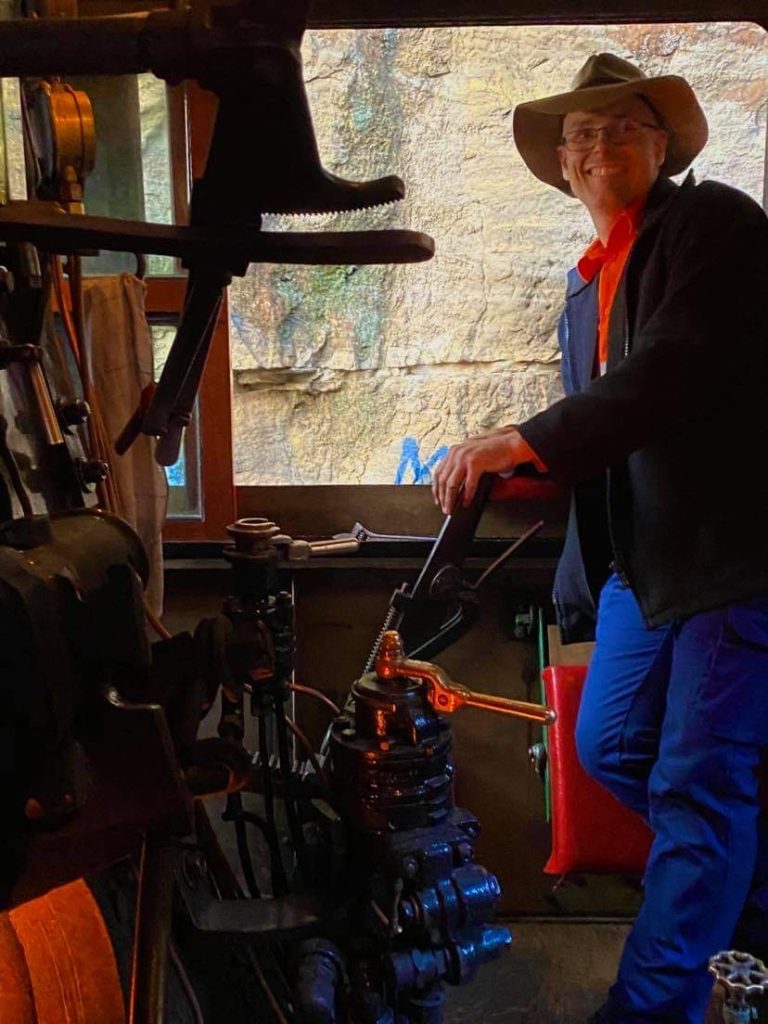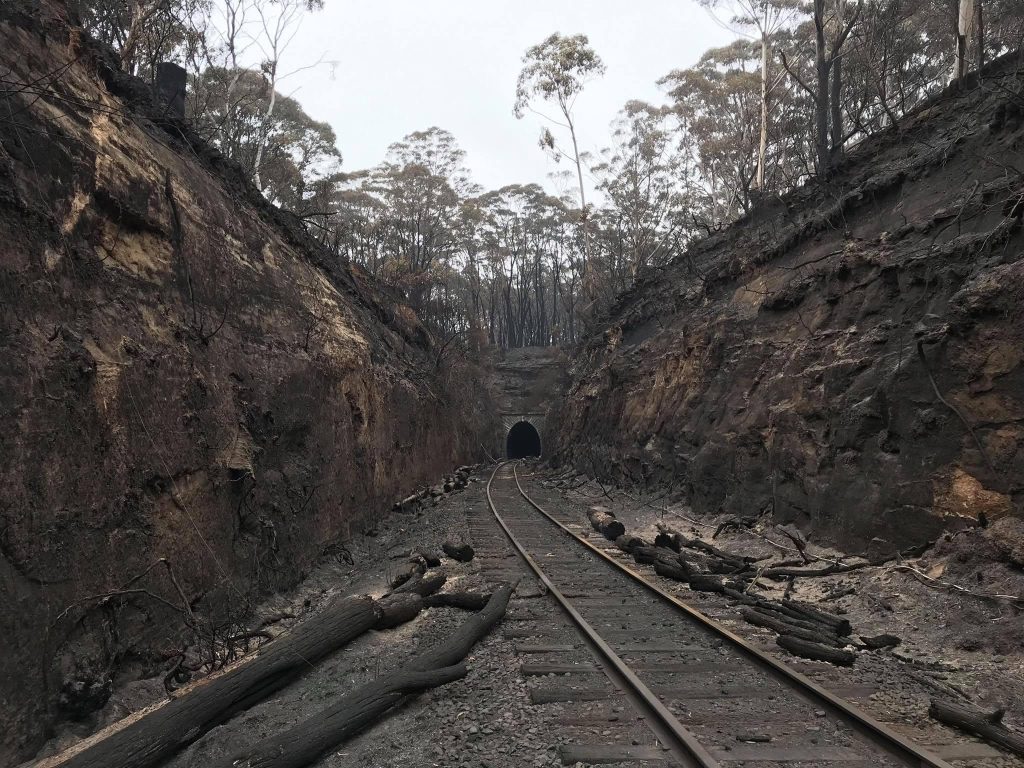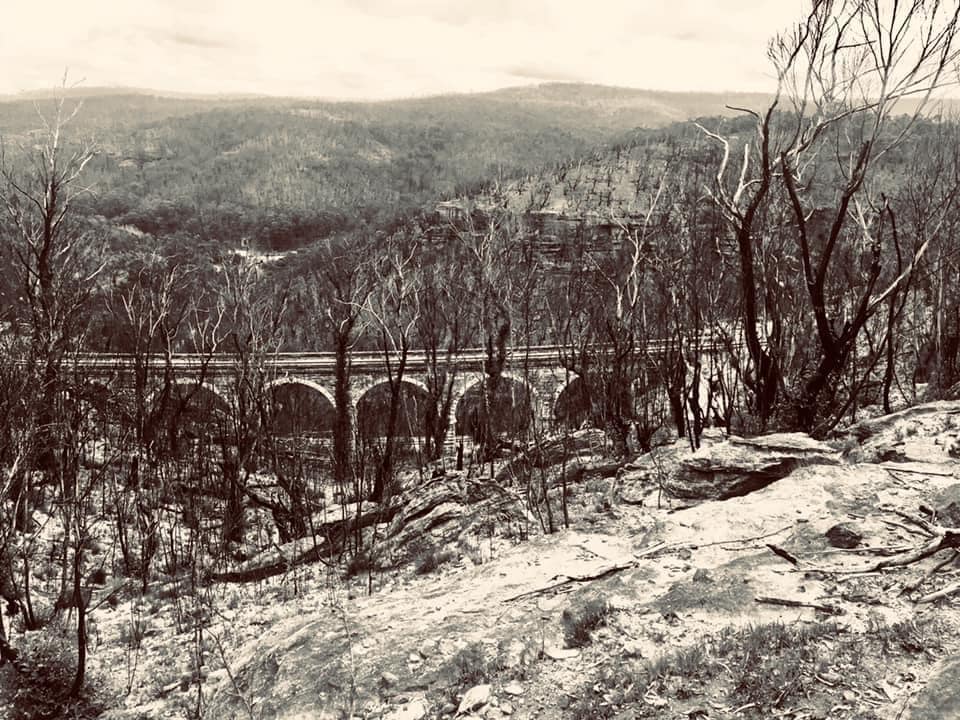The historic Zig Zag Railway in the NSW town of Lithgow is on the cusp of reopening to passengers, after undergoing extensive restoration works and the granting of vital accreditation imminent.
Zig Zag Railway CEO Lee Wiggins said the rebirth of the Railway wouldn’t have been possible without the team of hard working volunteers – along with the support of the local community and all levels of Government.
“Zig Zag Railway is a national icon and holds a special place not only in the hearts of Lithgow residents, but also for the many people who have travelled on this historic railway over nearly half a century,” said Mr Wiggins.
“Many people have a memory of visiting the railway when they were a child, or have taken their own children or grandchildren on it,” he said. “Many families can trace their heritage to workers who laid the original railway in the 1860’s. It’s an exciting time for all of us.”
“The sights, sounds and smells of an old steam locomotive chugging over sandstone viaducts is an unforgettable experience.”
The Railway first opened in the 1860s as the first rail link between Sydney and Western NSW, but closed in 1910 following a deviation of the main line to by-pass the inefficient ‘zig zag’. It was resurrected in the 1970s by volunteers who banded together to create the not-for-profit Zig Zag Railway Co-Op before closing in 2012.
Despite setbacks, including a horror run with bushfires in 2013 and 2019, coupled with floods, vandalism and recent storm damage, volunteers have been working tirelessly to return the railway to passenger services by restoring locomotives, carriages and kilometres of track. It’s now full steam ahead for Australia’s most iconic tourist railway to get back on track.
Zig Zag Railway volunteer and professional train driver Garth Schwartz first became involved with the Railway as a young boy and is expecting the reopening to attract overwhelming interest.
“I am sure we will get train and history enthusiasts, tourists and those who just want to enjoy the locomotive meandering through the mountains as they take in this remarkable landscape,” said Mr Schwartz.
“The line climbs the western flank of the Blue Mountains, using zig zags to gain height before reaching the highest point of railway in the region.”
“It takes about 90 minutes to traverse the seven-and-a-half kilometre track, traveling through tunnels and over the viaducts with two stops along the way.”
“Passengers will get to see first-hand how locomotives used to operate during Australia’s steam train era, as a volunteer fireman shovels coal into the train’s red-hot firebox,” he added.
“The railway is a tourism gem, with visitors taking in the vast scenery and surrounds of the Blue Mountains making it not only a domestic attraction but a huge drawcard for international visitors as well,” said CEO Lee Wiggins.
“It’s been the most frequently-asked question from people in the area – when will the Zig Zag reopen? We’re thrilled to finally be able to give visitors and locals alike a clear answer,” he said.
The Zig Zag Railway is staffed by dozens of active volunteers who have all received extensive professional training as part of the Railway’s completely revamped safety management system – an industry best-practice model that will see the Zig Zag return as one of the safest railways of its type in the world.
Initially, the Zig Zag Railway will operate every second weekend with three trips each Saturday and Sunday.




